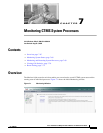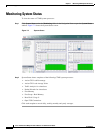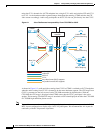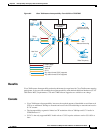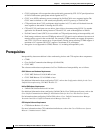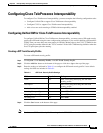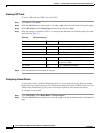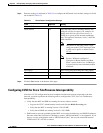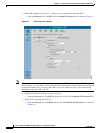
CHAPTER
8-75
Cisco TelePresence Multipoint Switch Release 1.1 Administration Guide
OL-12586-02
8
Interoperability with Legacy Video Conferencing
Devices
Initial Release: May 5, 2008, OL-12586-02
Last Revised: August 4, 2008
Contents
• Overview, page 8-75
–
How Cisco TelePresence Interoperability Works, page 8-75
–
Benefits, page 8-77
–
Caveats, page 8-77
• Prerequisites, page 8-78
• Configuring Cisco TelePresence Interoperability, page 8-79
–
Configuring Unified CM for Cisco TelePresence Interoperability, page 8-79
–
Configuring CUVC for Cisco TelePresence Interoperability, page 8-81
–
Configuring CTMS for Cisco TelePresence Interoperability, page 8-85
Overview
Cisco TelePresence is based on open standards, including SIP, H.264 and G.711. With Cisco
TelePresence System (CTS) Release 1.3 and CTMS Release 1.1, Cisco TelePresence now supports
interoperability between Cisco TelePresence systems and standard definition video conferencing/video
telephony using the Cisco Unified Video Conferencing 3500 series MCU (CUVC).
How Cisco TelePresence Interoperability Works
As shown in Figure 8-1, CTS endpoints send a copy of their audio in G.711 format to the CTMS server.
CTMS then determines which CTS segment is emitting the most dominant audio and requests that
segment to send a copy of that segment’s video in Common Intermediate Format (CIF) resolution. CTMS



